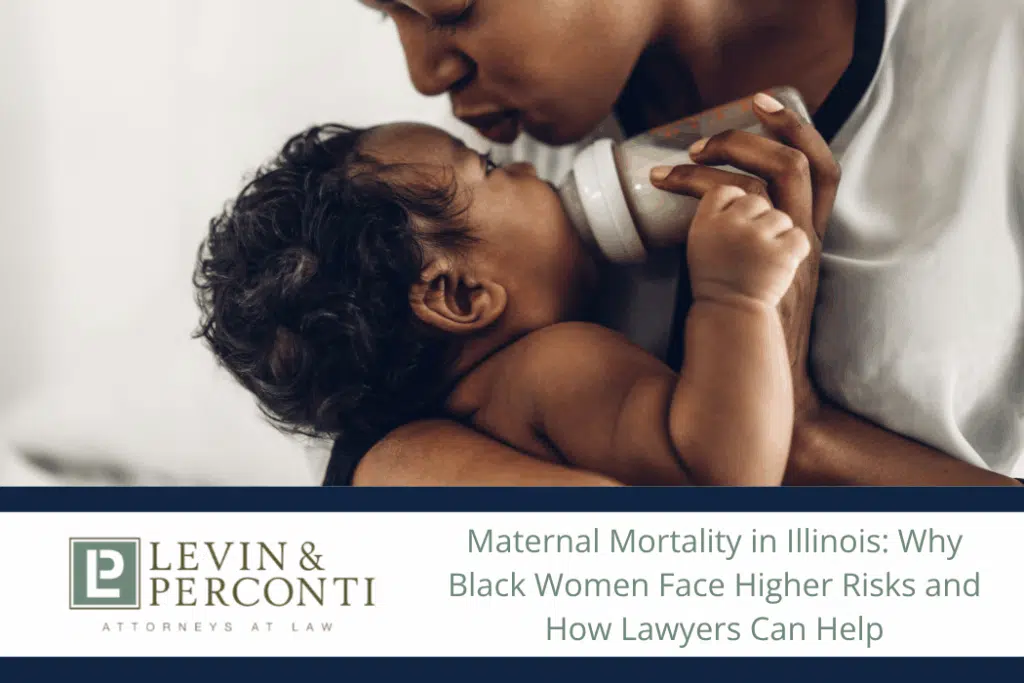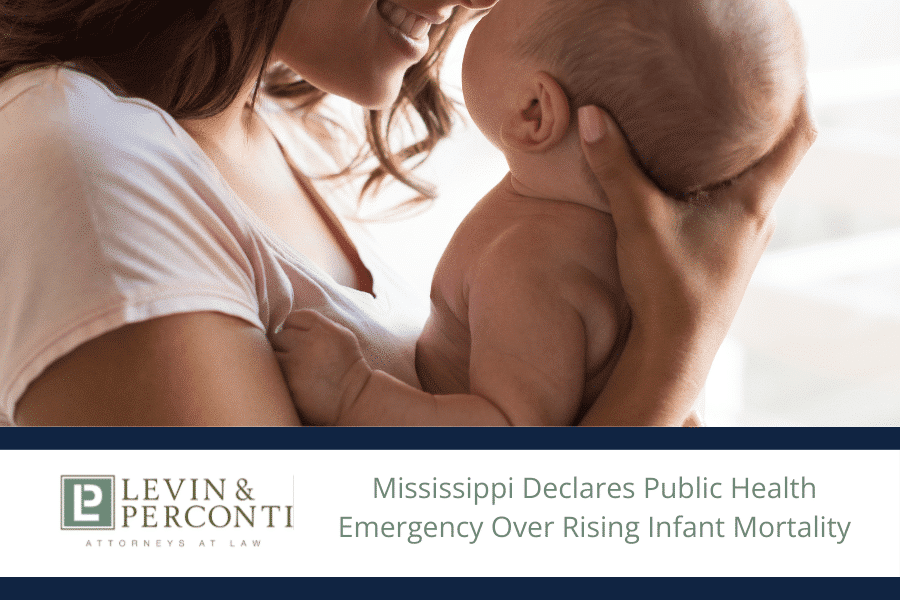
Read Bio
Since 1979, Dov Apfel has been passionate about advocating for birth injury and medical malpractice victims. Mr. Apfel’s career-long record of achievements in birth injury litigation, education, and advocacy has been recognized by the Executive Board of the Birth Trauma Litigation Group of the American Association for Justice. His expertise is demonstrated by his numerous awards, presentations on birth injury topics at legal conferences for organizations like the AAJ and ATLA, and articles published by Trial Magazine and many others.
Read Bio
Since 1979, Dov Apfel has been passionate about advocating for birth injury and medical malpractice victims. Mr. Apfel’s career-long record of achievements in birth injury litigation, education, and advocacy has been recognized by the Executive Board of the Birth Trauma Litigation Group of the American Association for Justice. His expertise is demonstrated by his numerous awards, presentations on birth injury topics at legal conferences for organizations like the AAJ and ATLA, and articles published by Trial Magazine and many others.
Premature Babies, Brain Injuries and Cerebral Palsy
Birth injuries can uncover a medical mistake that was likely the cause of a preventable traumatic experience to a mom, an unborn fetus, or a newborn. This is especially true in early deliveries that could have been prevented with closer obstetric care and caution. Your baby may have been premature if born too early, before 37 weeks of pregnancy, while an expected, healthy pregnancy should last approximately 40 weeks.
- Researchers from the Society for Neuroscience say more than 60,000 babies are born early, weighing less than 3.3 pounds each year.
- Each year, about 1 in 10, or 450,000 babies in the United States, is born prematurely, according to the March of Dimes.
Premature babies, especially those born before 32 weeks gestation, often have complicated medical problems and face many challenges, including a high risk of birth injuries, such as brain damage. In addition, preemies do not continuously have fully developed internal organs and are incredibly fragile and tiny, sometimes only weighing as little as 1 pound. Therefore, they must also be properly cared for immediately upon birth to have the best possible recovery and survival. In addition, preemie injuries can be the source of great emotional distress and extreme financial hardship, especially when preventable and caused by the negligence of a trusted doctor.
The most common cause of brain injury in premature infants is a lack of oxygen in the days and weeks after birth, when immature lungs cannot deliver enough oxygen to the brain, even with medical help from a breathing device or medications.
Inadequate oxygen levels can cause decreases in a newborn’s:
- blood pressure
- heart rate
- blood flow to vital organs and tissue
When this happens, irreversible neurological or cellular damage can occur and lead to permanent deficits and disabilities such as cerebral palsy, epilepsy, and vision and hearing loss. In addition, when the oxygen deprivation may have been aggravated by inadequate medical care and caution, a birth injury lawsuit may be appropriate.
And despite what we know, unfortunately, brain injuries are still more prevalent in preemies. The good thing is advances in neonatal medicine have allowed most of these tiny, underdeveloped infants to survive. Still, researchers say preventing brain damage is not one of those advances, and the hurdle has caused overall rates of neurodevelopmental disabilities to be on the rise.
Types of Birth Injuries That Can Result Due to Premature Labor
Careful and quality care during a woman’s pregnancy can help prevent many lifelong injuries associated with premature birth and related birth injuries. The birth injuries can range from mild to severe, and at times, have deadly outcomes. Unfortunately, pediatric health researchers and experts believe that as many as 75% of infant deaths from premature birth are preventable.
While some injuries may be temporary, others do cause permanent disabilities and irreparable stresses on the brain. Making it even more tragic, the full extent of injuries may not be known at first, misdiagnosed, or care is mismanaged, bringing on this list of the more common birth injuries in babies born prematurely.
- Asthma and chronic respiratory disorders
- Behavioral disorders such as Attention Deficit Disorder (ADD)
- Cerebral palsy (neuromuscular disabilities that affect a child’s ability to control movement, posture, and muscle tone)
- Developmental and learning delays
- Epilepsy
- Hypoxic-ischemic encephalopathy
- Intellectual disabilities
- Microcephaly
- Motor disorders
- Neonatal encephalopathy
- Organ failure
- Permanent brain damage
- Periventricular leukomalacia
- Seizure disorders
Inadequate oxygen levels can decrease a newborn’s blood pressure, heart rate, and blood flow away from the heart, limiting the blood flow to vital organs and tissue. When this happens, irreversible neurological or cellular damage can occur. One of the most severe health problems resulting from a lack of oxygen to the infant’s brain during childbirth is Cerebral Palsy, a neurological disorder characterized by poor muscle coordination and movement.
Cerebral Palsy Remains a Leading Cause of Childhood Disabilities
Centers for Disease Control and Prevention data shows the average prevalence of cerebral palsy is 3.3 children per 1,000 live births and is the most common motor and movement disability of childhood. It is defined by the National Institute of Neurological Disorders and Stroke (NINDS) as a medical condition caused by brain damage. Cerebral palsy can cause a range of disabilities, from mild to severe, and require a proper diagnosis to provide the correct treatments and therapies.
There are four main types of cerebral palsy, the most commonly diagnosed as spastic cerebral palsy (70% – 80% of cases). Each type differs in movement patterns, location, and severity of issues and should be evaluated alongside individual symptoms. In addition, Athetoid, ataxic, and mixed cerebral palsy can be diagnosed alternatively. Most children with cerebral palsy will have symptoms identified after birth or are diagnosed by 18 months old. However, in some cases, symptoms may only become visible as the child becomes fully developed.
Some of the potential issues a child with cerebral palsy may face include:
- Movement and walking disabilities
- Speech difficulties
- Learning disabilities
- Cognitive impairments
- Hearing or vision loss
- Epilepsy
- Emotional and behavioral challenges
- Spinal deformities
- Joint problems
While Cerebral palsy related to genetic abnormalities cannot be prevented, careless medical mistakes can often cause brain damage to a fetus during pregnancy or infant during childbirth and lead to cerebral palsy. Medical errors that could have been prevented and may be considered malpractice include:
- Delays in a medically necessary intervention or delivery maneuvers that deprived the fetus or baby of oxygen during birth
- Excessive use of forceps or a vacuum extractor
- Failure to order a Cesarean section
- Failure to monitor fetal development or distress
- Inadequate treatment of maternal health conditions during pregnancy
Again, your child’s Cerebral palsy could have been caused by a preventable mistake made during labor or delivery, along with other complications that could cause serious, long-term injuries to your child. If a medical mistake caused cerebral palsy, families could take legal action to receive the compensation necessary to cover any losses including, medical expenses, ongoing treatment, rehabilitation, and care.
Did Your OB Miss The Signs of Preterm Labor?
A medical professional must identify at-risk pregnancies and provide directions for proper care of the mother and her fetus. Depending on how early a baby is born, Mayo Clinic identifies these preterm timelines:
- Late Preterm: Born between 34 and 36 completed weeks of pregnancy
- Moderately Preterm: Born between 32 and 34 weeks of pregnancy
- Very Preterm: Born at less than 32 weeks of pregnancy
- Extremely Preterm: Born at or before 25 weeks of pregnancy
A doctor might be responsible for the injury if they failed to identify and properly treat the cause of preterm labor signs such as:
- Contraction less than ten minutes apart
- Lower back pain
- Cramping in the abdomen or uterus
- Flu-like symptoms such as nausea, vomiting, or diarrhea
- Pelvic pressure
- Vaginal bleeding or other discharge
- A sudden decrease in baby movement
To prevent premature labor, a physician will need to assess pregnancy complications and distress signs correctly. In some cases, they may need to apply sutures to a weak cervix, order steroid use to keep the baby’s brain and lungs functioning, or prescribe the correct medications to slow down birth. If a physician could have done something to prevent the premature birth injury and did not, a family may have a medical malpractice case and consult with an attorney.
The costs to diagnose and treat birth injuries can be astronomical, and many of the expenses may not be covered by health insurance. Additionally, the child may need to have extended treatment or even lifelong care. Unfortunately, these costs are primarily unknown. For these reasons, it is necessary to seek legal guidance as soon as your family is ready. When choosing an attorney for your birth injury lawsuit, look for a law firm with consistent results for its clients in birth injury cases.
Contact The National Birth Injury Attorneys at Levin & Perconti
The earlier a baby is born, the higher the risk of complications; although some can survive outside the womb as early as 24 weeks but will face many challenges in their young lives. And the parents are likely not prepared for the too-soon arrival of their baby, causing added stressors.
Suppose you or your premature baby has been injured due to someone else’s negligence, or your doctor failed to identify the signs of preterm labor and your child now has a brain injury. In that case, you want to ensure that your legal rights are represented by someone familiar with this specific area of the law and have the resources available to understand the medical facts. The birth injury attorneys at Levin & Perconti have handled thousands of lawsuits on behalf of clients and their family members who are suffering from severe premature birth-related injuries. We are birth injury legal experts and work with only top medical professionals to gather the evidence needed to understand the causes, symptoms, and proper treatments on behalf of the families we represent.
Call us today at 312-332-2872 or 877-374-1417, and let a birth injury attorney at Levin & Perconti help you explore your legal options.





